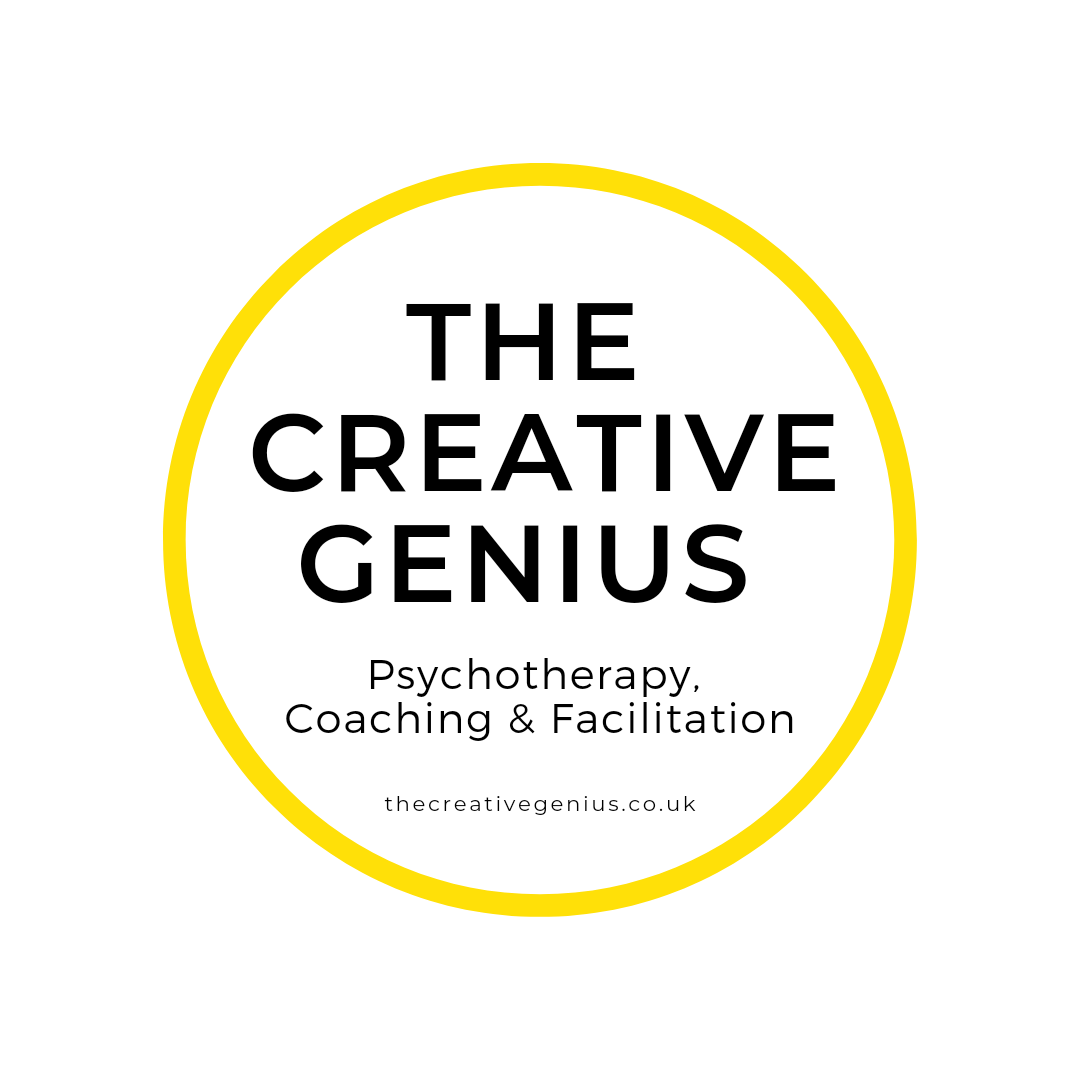What Your Everyday Holds: A Somatic Check-In for Creatives
/What Your Everyday Holds: A Somatic Check-In for Creatives
If June was an invitation to pause and reflect, July is where that reflection begins to take root. It’s not about pushing forward—it’s about listening inward. Noticing the quieter truths emerging from your days.
For creatives, the shift from insight to embodiment is a tender one. It asks us to bring our awareness down from thought and into the body, to notice not just what we know but what we feel, what we carry and what we are slowly becoming.
This month, I want to offer you a tool that supports that gentle integration. Devised by Dr Roger Greenaway, an expert in experiential learning, the “Four Fs” provide a structure for reflection that can be both practical and profound. And with a somatic lens, they become more than a mental exercise—they become a way to tune into the subtle layers of your lived experience.
Here’s how you might approach them.
1. Facts – What happened?
Begin by observing your days without judgement. Think of this as gathering the raw materials of your experience. These aren’t just calendar events, but sensory and situational data your body has moved through.
Consider:
What stands out from recent days or weeks?
What has changed in your creative rhythm, relationships or routine?
What moments felt charged, vivid, or memorable—even in quiet ways?
Somatic cue: Close your eyes. Recall a recent day. What sensations return first? A particular sound? Temperature? Tension or ease in the body? Let those guide what you notice.
2. Feelings – How did it feel?
Now, move from observing to sensing. Emotions are not just thoughts with labels—they are experiences held in the body. This is where we begin to touch what mattered.
Consider:
Which moments brought lightness or weight?
When did you feel most present—or most absent?
What feelings linger in your body even now?
Somatic cue: Scan your body gently. Where is there tightness, spaciousness, warmth or resistance? Let that inform how you name what you’ve felt—not just what you think you should have felt.
3. Findings – What have you learned?
Learning doesn’t always come in grand epiphanies. Sometimes it whispers through patterns, gut hunches or a quiet “not this.” This stage invites meaning-making—not to evaluate yourself but to honour what your experience has taught you.
Consider:
What truths are becoming clearer—about yourself, your work or your needs?
Where were you aligned and where were you out of sync?
What did your body know before your mind caught up?
Somatic cue: As you consider each insight, notice what happens in your breath. Does it deepen, catch or soften? Let your body affirm what feels true.
4. Future – What’s emerging?
The final stage is not about planning in the traditional sense. It’s about tuning into what wants to unfold next. Think of it as planting rather than projecting.
Consider:
What are you craving more of—movement, stillness, connection, solitude?
What feels like it’s ready for attention or care?
What small step would feel kind to take this month?
Somatic cue: Place a hand on your heart or belly. Ask, “What do I need to feel supported creatively right now?” Listen not just for answers but for sensations, images, or instincts.
This process is not about perfection or performance. It’s about presence. It’s a way to stay close to yourself when life gets noisy or uncertain. A way to remember that even in the mundane, your creative life is speaking.
Try this check-in at the end of a week, after a studio session, or during a moment of transition. Let it become a rhythm of re-attuning—a way to return to your body, your truth and your creative path with gentleness.
You are not behind. You are right on time.
Let July be less about reinvention and more about relationship—with yourself, with your process and with the wisdom already within you.


